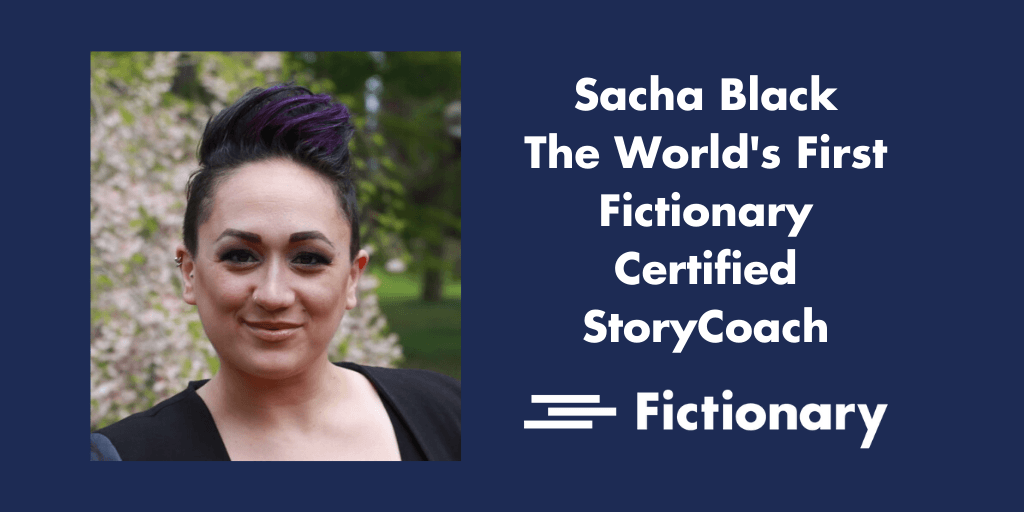Editors and clients have a special relationship.
A writer wants to tell a powerful story, one that readers can’t put down, and we as editors can help them get their “want” by providing a Story Edit. There are certain things you want to know about your client before you take on a new job and agree to a price.
Story Editing is the primary structural review of a manuscript and the story being told. It’s also called content, developmental, substantive, or structural editing. Story Editing is the most comprehensive edit. Therefor, it’s usually the most expensive, and your client deserves the best.
Editors and Clients Are a Team
To make sure you’re delivering the best edit possible, get to know your client a bit. The more you understand about them and their goals, the better your edit will be.
What to Ask Your Client – Before You Begin
- Writer’s goal: Is your client asking to the type of edit they need? Do they understand what a story edit is? It’s important your client understands you’re looking at the structure, and you’re not the final copyedit or proofread. The goal of the story edit is to create a powerful story. The story most likely won’t be ready for publication after your edit. The manuscript will still need copyediting and proofreading. So ask your client what their goal for the manuscript is.
- Blurb: I recommend asking for a blurb, so you’ll understand what your client is trying to achieve and quickly assess if they have the skill to summarize the story. I don’t recommend asking for a synopsis. This will tell you the ending of the story. It will be difficult to react as if you’re reading the story for the first time. You’ll lose the ability to determine if a plot twist worked or not.
- Genre: This helps you determine if your client is meeting the genre guidelines. You’ll also know the client has thought about genres if they can answer this question. It will give you insight into their industry knowledge. Be clear about the genres or themes you don’t want to read. It’s hard to perform a story edit on a genre you don’t like to read.
- Total word count: this is important for determining how much you’ll charge and to know right away if your client understands the genre guidelines.
- Character List: This is important if you’re using Fictionary StoryCoach to perform the Story Edit. I don’t ask for a character list ahead of time as I find tightening the Cast of Characters in StoryCoach helps me get to know and remember the characters. Other StoryCoach editors love to have the list ahead of time, so they know the writer has thought about their characters. The choice is yours.
- Protagonist and POV: Knowing the protagonist and if the client is writing in a single POV or Multiple POVs will help you analyze the structure.
- Format the manuscript: I ask the writer to have the manuscript formatted properly before sending it to me. This tells me if they are serious about their story, are mindful of industry standards, and will work hard.
A Note on Formatting
Editors and clients may have a different view of what’s needed for formatting. It’s been a long-standing tradition to indicate a new scene will start by inserting several blank lines between the end of one scene and the start of the next. That was great when eBooks didn’t exist. It’s still great for print books.
The problem comes with eReaders. A writer will never know when a page changes. This depends on the size of the eReader screen and on the font size the reader chose for the text.
In print books, the page change was set, so that if a scene break occurred between pages, a visual indication, called a scene break character, would be inserted at the end of the scene. The last character on the bottom of the page would be something like *** or ~. The reader then knew the text on the following page was the start of a new scene.
With eBooks, this capability disappears. We strongly recommend an author uses a scene break character between every scene when they format their manuscript. Then you know the reader will never be confused about when a new scene starts.
Building Trust Between Editors and Clients
Editors and clients must trust each other. You can start that early by gathering information from your clients. They’ll appreciate your interest in their work and what they are trying to accomplish.
The Goal of Fictionary Story Coaching
A Fictionary StoryCoach helps writers tell a powerful story and makes the writer’s voice shine!
Do you want to become a Fictionary Certified StoryCoach? Check out Fictionary Certified StoryCoach Training.
If you’d like to take the training, send me (Kristina) an email at helpful.editor@temp-fictionary.flywheelstaging.com telling me why you’d like to become a Fictionary Certified StoryCoach, and I’ll give you a discount.
What Sacha Black has to say: If you want to be a world-class story editor, you have to take this course.


